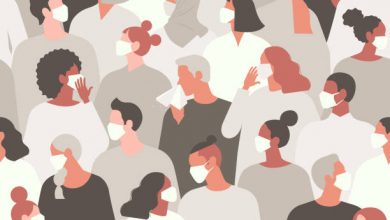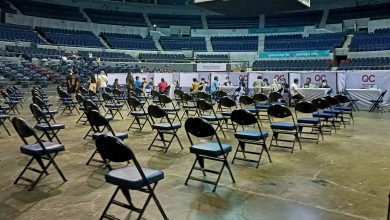
Mission Critical: Physical Classes in the Pandemic and Quality Education
Physical classes are back. While better late than never, we have to remember to keep our children safe, and make up for lost time.
The Philippine government held the ‘pilot run’ of in-person classes last November 15, which begged the question from many: Are we really ready?
We all know that there will long remain concerns about health and safety amid the pandemic. Especially since we are talking about exposing our children to it.
This decision by the government, however, raises critical discussions on how to make up for what those students have lost in quality education, and how to make up for it.
Facing The Pandemic
The Philippines is the last country in the world to reopen schools for physical classes since WHO declared a pandemic in 2020. The country also recently started vaccinating minors against COVID-19, but only for those aged 12 to 17 with comorbidities.
It is also important to note that Pfizer is the only vaccine that can be safely used for minors as of this writing.
Additionally, vaccination for teachers and school personnel is now mandatory.
Remember, vaccines only prevent severe symptoms and hospitalization for the vaccinated individual and that it doesn’t prevent the virus from spreading.
What does this mean for the return of kids to school?
Preparing For Battle
According to the Department of Education (DepEd), its operational guidelines for the pilot run included a protocol for preparing school personnel, students, and the community.
They took also into consideration the “personal protective equipment available, sanitation, detection and referral, ventilation, contact tracing, and quarantine, coordination, and contingency measures.”
However, amidst all that, COVID testing for students will not be implemented due to the trauma that it may cause children.
Low-risk Areas
There is also the question for these so-called ‘low-risk areas’ if they really are low-risk.
The DOH must make sure that these areas have had low cases for a certain amount of time, and constantly revisit the data. Specially with new variants like Omicron occurring, any city or province is prone to a surge. They have to ensure the safety and security of these locations.
While we acknowledge the need to resume physical classes, it is also important that we make sure that there is no stone left unturned.
Facing Quality Education
Filipino students have been stuck with online learning for over one and a half years.
There have been mixed reactions and reception towards this, considering so many faced technological challenges. Namely, device and connectivity problems. These have been the main blockades to giving quality education to our children.
While some countries may have fared well, for our local context, distance learning has proven to be an inadequate substitute for physical classes.
Losing Touch
Students have reportedly been staring blankly at screens as their teachers attempt to introduce new lessons. Meanwhile, the teachers incessantly drone on as they hope their students are actively listening and remain engaged in the lesson.
Youth have been robbed of their right to quality education, not to mention the social component taken away from them. Even cheating has become a new norm, with everything a quick Google search away.
This was the reality for distance learning: students were not paying attention, not learning enough, and were not motivated.
A Call For Help
There has also been a mental health epidemic among students together with the coronavirus. On top of the technological challenges, there were also a plethora of distractions students faced.
Procrastination was already one major problem students struggled with prior to the pandemic, and being stuck to a screen at home only aggravated this. That is, if their families are even well-off enough to afford the resources needed for distance learning.
Financially troubled families were forced to buy cellular data for internet access. They also had to include in their budget the increased cost of electricity. Add that glitch in the family and home dynamic and you had a recipe for disaster.
A Step Is Still A Step
We can’t deny the fact that the return of physical classes is a new light in the horizon for Philippine education. However, there is also no denying the fact that it places our students in some danger.
The main thing we can do for now is trust our authorities in handling the situation. They have to be able to adapt quickly to the challenges of this pandemic. At home, let’s keep our children’s immune systems strong, and aid them in their return to a familiar landscape.
One thing we can celebrate, however, is that we are finally doing something about it. We cannot keep our children at home forever. Let’s trust the process.




